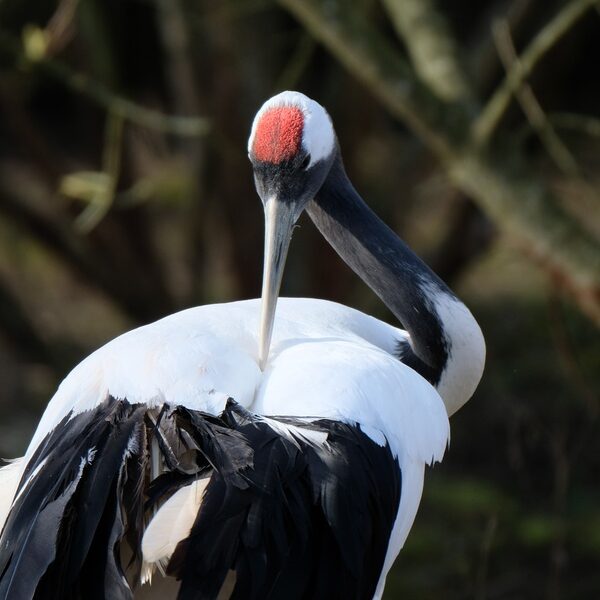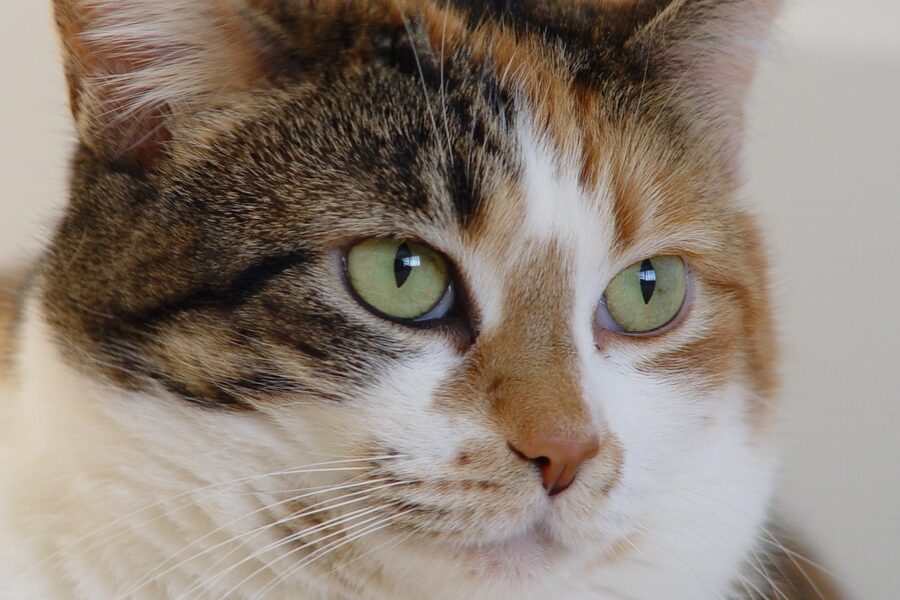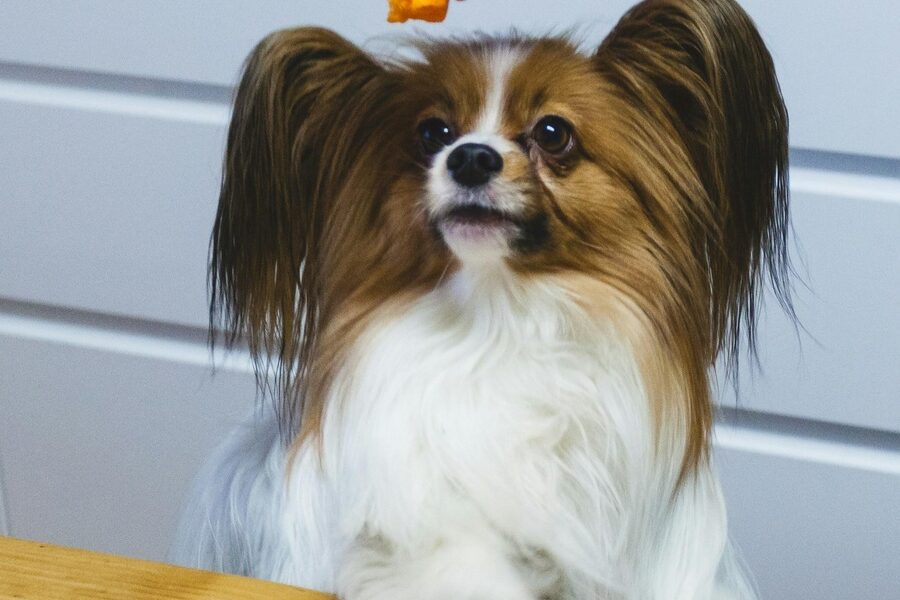Cute animals represent a broad group defined more by appearance and human response than by strict biological categories. They often display juvenile features — large eyes, rounded faces, and compact bodies — that trigger caregiving instincts across cultures. From tiny mammals and fluffy birds to colorful insects and juvenile reptiles, the variety spans wild species, domesticated pets, and young animals at different life stages. Their appeal influences art, media, and conservation outreach, making them important subjects for education, pet care discussions, and public engagement with wildlife.
Context
Interest in what humans call “cute” has deep roots in natural history and psychology. Konrad Lorenz coined the term Kindchenschema to describe infantile traits that elicit nurturing behavior, and decades of research have linked those traits to a cross-cultural caregiving response. Domestication shaped many familiar species: dogs were domesticated at least 15,000 years ago and cats around 9,000 years ago, changing appearances and behaviors that people find appealing. In modern times, the pet industry and wildlife media have amplified visibility for small and young animals, while conservation groups often use charismatic, cute species to raise awareness and funding. Scientific study of cuteness intersects with ethology, developmental psychology, and visual cognition, all of which help explain why certain features consistently attract attention.
Scope and coverage
This collection of Cute Animals by Type encompasses general categories and themes rather than exhaustive species lists. It includes common pet groups such as small mammals, companion birds, and popular reptiles, as well as wild juveniles and invertebrates often described as cute. Coverage touches on biological traits, typical behaviors, basic care considerations for widely kept species, cultural roles like mascots and internet favorites, and the use of appealing species in conservation messaging. The aim is to present a useful overview of types and topics related to animals people commonly describe as cute.
Little-known facts about cute animals:
- Konrad Lorenz’s Kindchenschema, proposed in the 1940s, identifies features—like large eyes and round cheeks—that prompt caregiving responses.
- Neoteny, the retention of juvenile traits into adulthood, helps explain why some adult animals look “cute” and are favored in breeding programs.
- Dogs were the first widely domesticated animal, with archaeological and genetic evidence showing domestication at least 15,000 years ago.
- Cats show signs of early commensal domestication linked to agricultural settlements about 9,000 years ago in the Near East.
- Conservation campaigns often use charismatic, cute species to attract funding and public interest; the giant panda is a well-known example now listed as vulnerable by IUCN.
- Across social platforms, images and short videos of small mammals, baby birds, and playful juveniles consistently rank among the most shared wildlife content.





